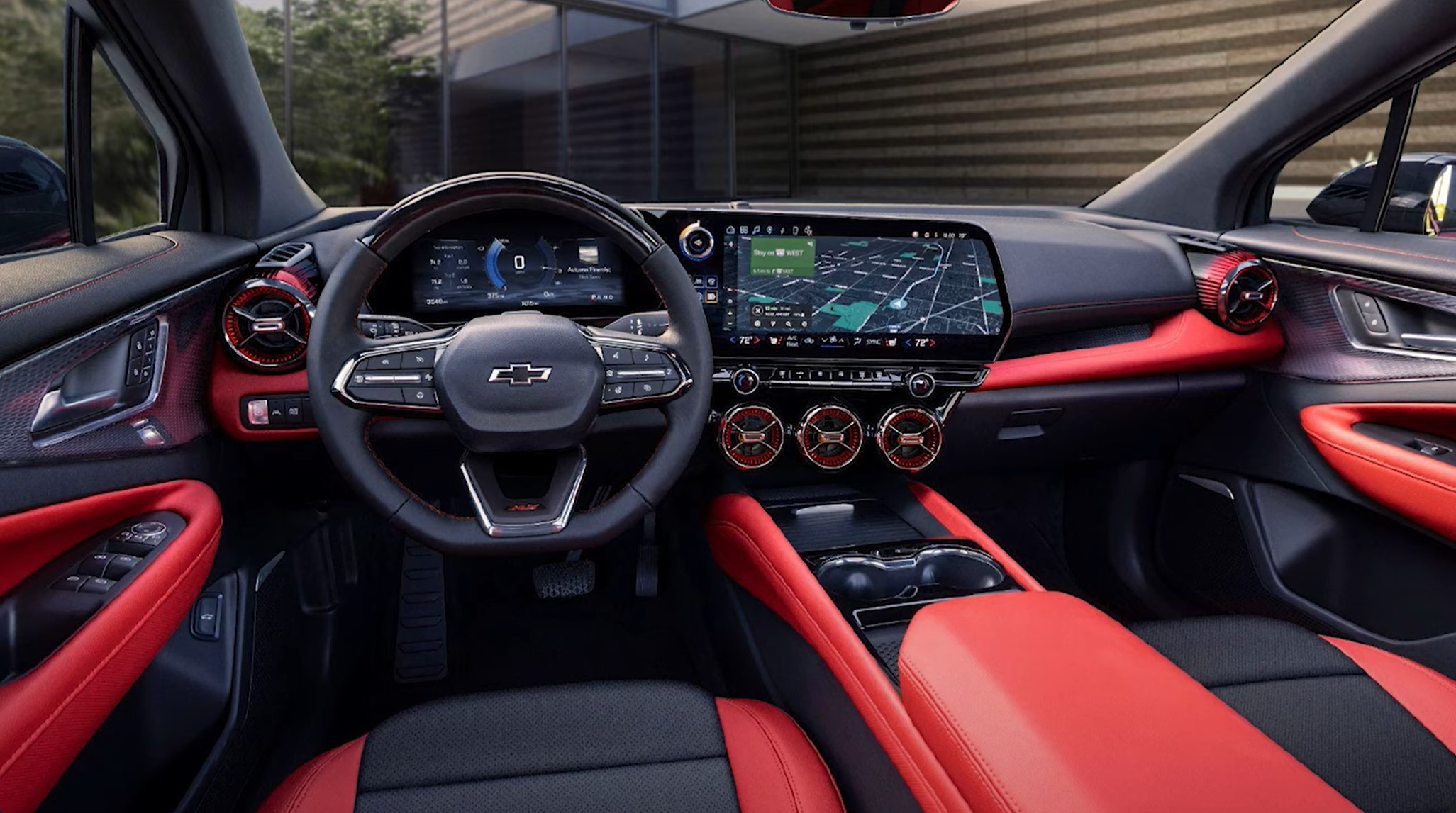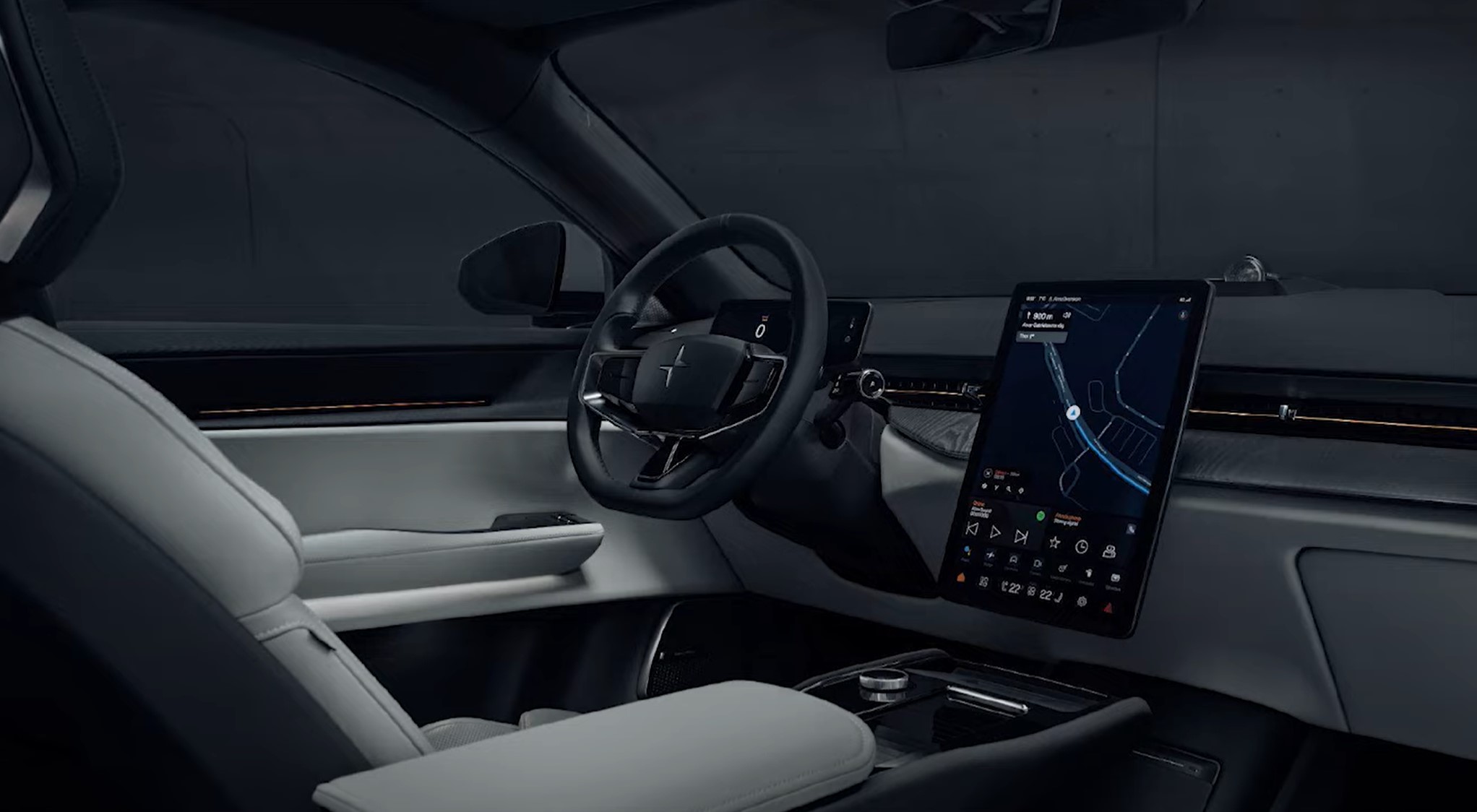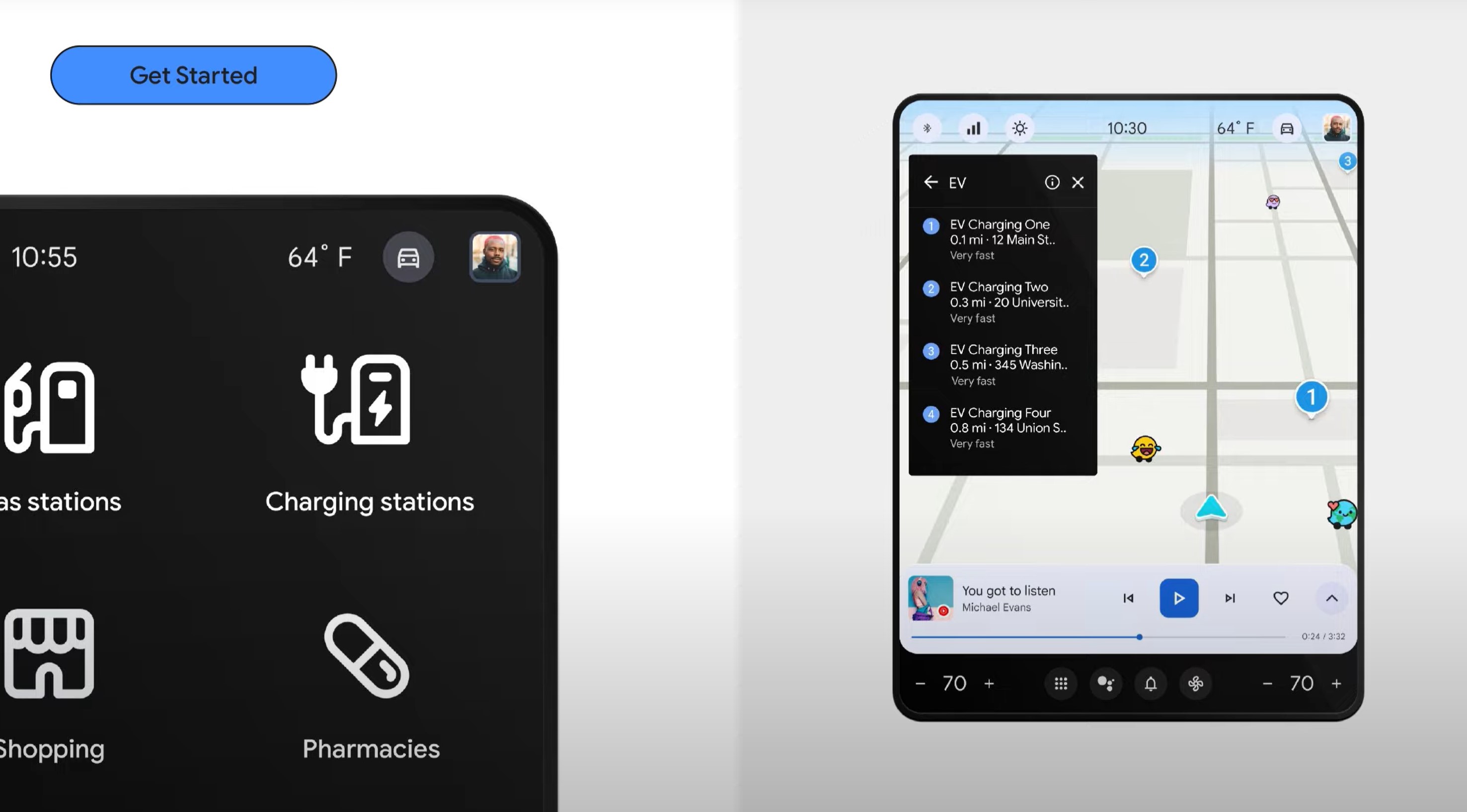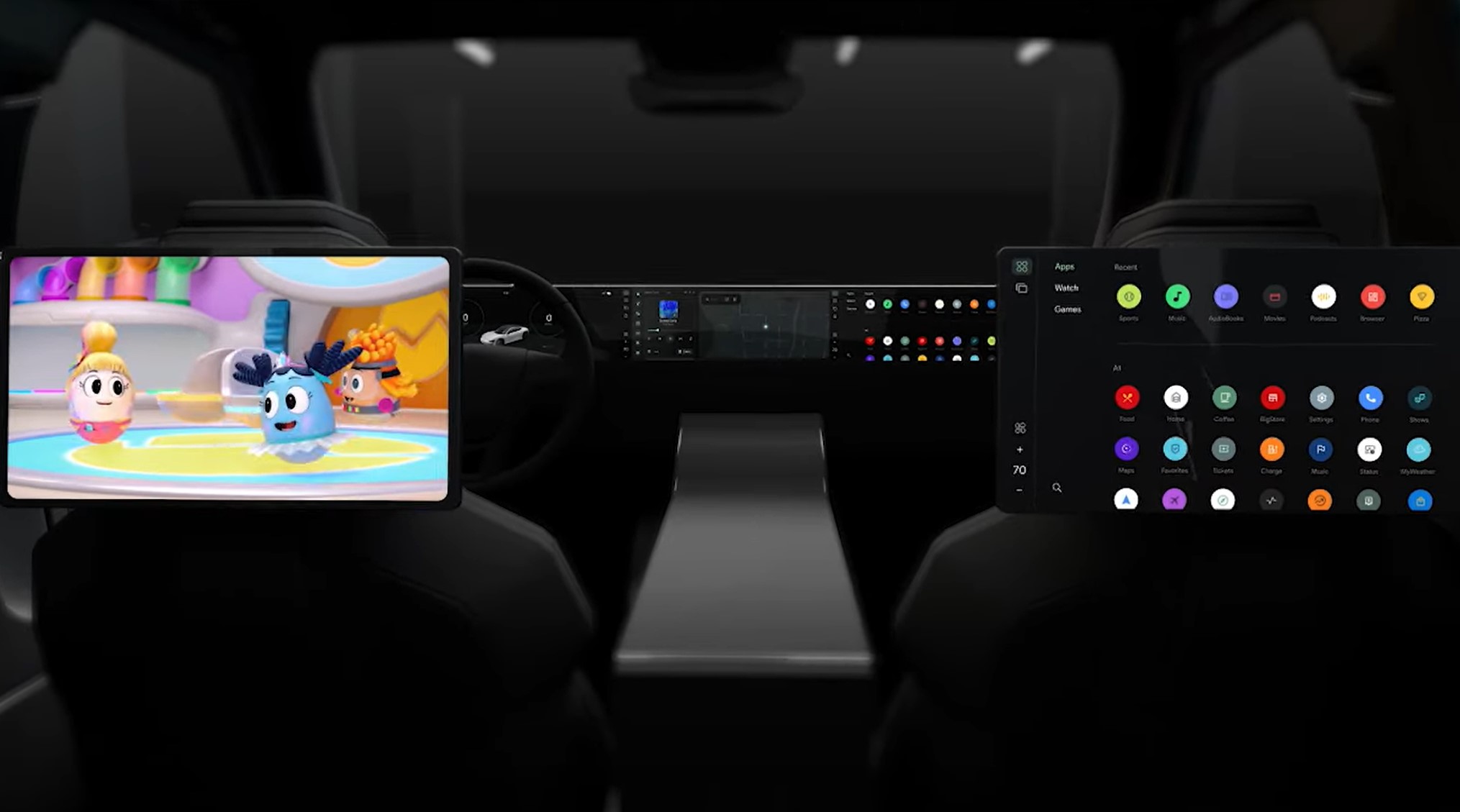
Google I/O has long been the place where Google reveals its plans for Android’s immediate future, and Android for Cars is no exception. This year Google’s focus is on improving the in-car experience, especially since Android for Cars is becoming more and more widespread — and will be available in around 200 million vehicles by the end of the year.
For those that don’t know, Android for Cars comes in two distinct flavors: Android Auto and the confusingly named Android Automotive OS. Android Auto is the one that runs from your phone when you plug into your car, while Android Automotive OS is a car with Google built into it.
A lot of what Google has planned for cars is aimed at developers, but the overall focus is to improve the Android experience in the car. That includes both when you’re driving and if you’re parked up for whatever reason. With the increasing number of electric cars in the world, plenty of people out there will need a way to kill time when recharging.

Part of this involves adding more experiences to the infotainment system, particularly in cars with Android Automotive OS. YouTube support is coming to your car, starting with Polestar and Volvo vehicles, while games and a web browser will be coming at some point in the near future. That includes GameSnacks, a long-time Android Auto staple, that gives car occupants access to mini games when the car is parked.
Google will also be adding support for Microsoft Teams, Zoom and Cisco Webex to cars in the near future. That means you can listen into meetings on the road, without having to rely on your smartphone. It also means you can’t use the “I’m driving” excuse to avoid dialing in. Naturally this support will be audio only, since video would prove to be too distracting for safe driving.

Finally Google has brought Waze to all Android Automotive OS cars, after a brief period of exclusivity to certain Renault and Polestar cars. It’s rolling out now, and will be bringing electric car charging station support to the in-car version of the app. This update will also allow users to validate EV chargers, confirming pieces of information like plug types and opening hours.
Other changes to Android for Cars include letting IoT developers build apps with better smart home connectivity, making it easier to bring tablet apps to cars via Google Play, giving them access to more car sensor data, and offering voice support for app actions, which lets developers add more Google Assistant voice commands.

Multi-screen support will also be coming as part of Android Automotive OS 14, and navigation apps will also be able to integrate with the instrument cluster behind the steering wheel — offering turn-by-turn directions within the drivers’ line of sight.
It's not the most exciting array of updates, especially compared to the likes of the Google Pixel Fold. But it shows that Google is still committed to improving the Android experience inside cars — even if it's just a little bit. That's going to be especially important once the next generation of Apple CarPlay rolls out.







